Nau Gaudí de Mataró
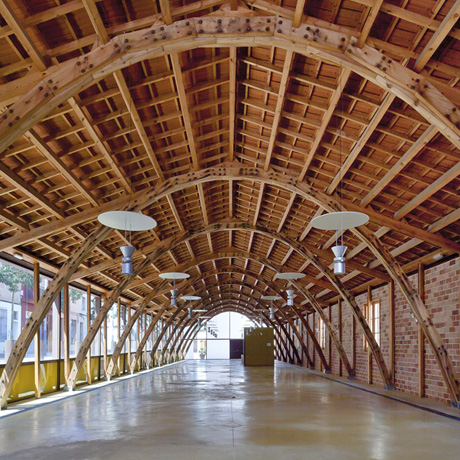
YEAR OF CONSTRUCTION
1878 - 1883
ADDRESS
Carrer de la Cooperativa, 47, Mataró
http://naugaudi.cat/enThe Nau Gaudí in Mataró was the architect’s first structure. Forming part of a much larger and ambitious project conceived between 1878 and 1883, this building is the only remnant of the manufacturing plant of the Mataró Workers Cooperative (La Obrera Mataronense) that has come down to us. Considered the starting point of Gaudí’s creative process, this cotton bleaching shed stands out for its importance in his experimentation with parabolic arches, used here by the architect as structural elements for the first time. This architectural solution would subsequently become a key element and a very representative feature of Gaudí’s work.
The building was restored in 2008 and since 2010 it has been the home of the Mataró Contemporary Art Museum Consortium, forming the exhibition space of the Bassat Collection and the venue of local art shows as well.
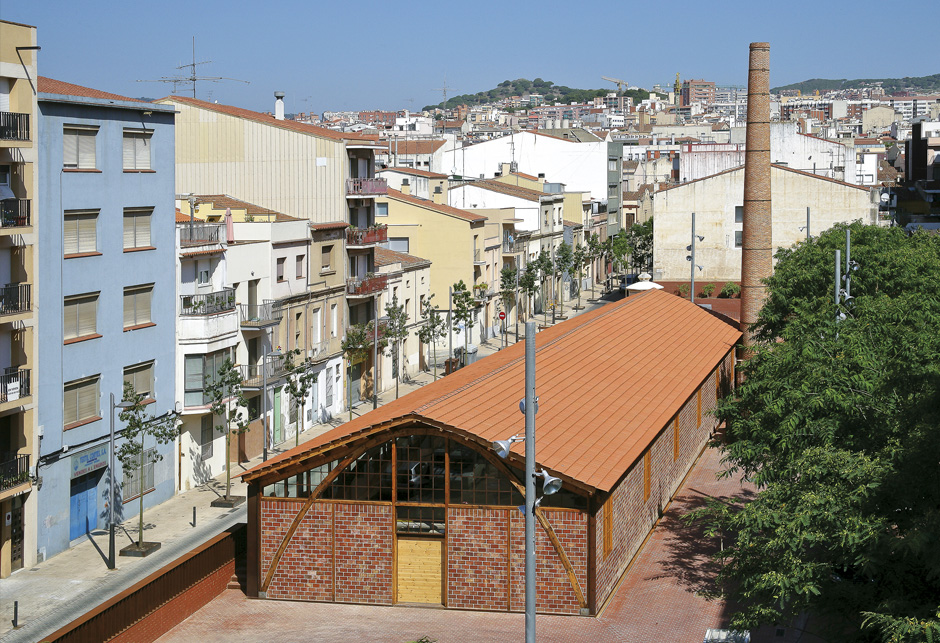
The project
As a youth, Gaudí had a close personal and professional relationship with Salvador Pagès, one of the most prominent leaders of the cooperative movement of Catalonia at the end of the 19th century. This textile industrialist was the founder of the Mataró Workers Cooperative, which had originally been based in what was then the town of Gràcia (now a district of Barcelona) and which moved to the city of Mataró in 1874.
Pagès’s affinity with the ideals of Utopian Socialism led him to commission the young Gaudí with the design of an industrial complex which would be structured like a little city, along the lines of the industrial colonies or mill towns, providing social facilities and housing for the members of the cooperative.
Gaudí went to work on the project in 1878, just after he finished his studies at the Barcelona School of Architecture, collaborating closely with the Mataró architect Emili Cabanyes on the planning of the various facilities. The project consisted in the integration of the pre-existing buildings and he conceived a complex of new industrial buildings, thirty single-family dwellings and a services area which would feature a school, a library, a social club and the head office of the cooperative.
Only a small part of the complex planned by the architect came to be built: two dwellings (for the director and the caretaker, respectively), a small latrine building and a cotton bleaching shed. Of all these structures, built in 1883, only the latrines and the bleaching shed have been preserved.
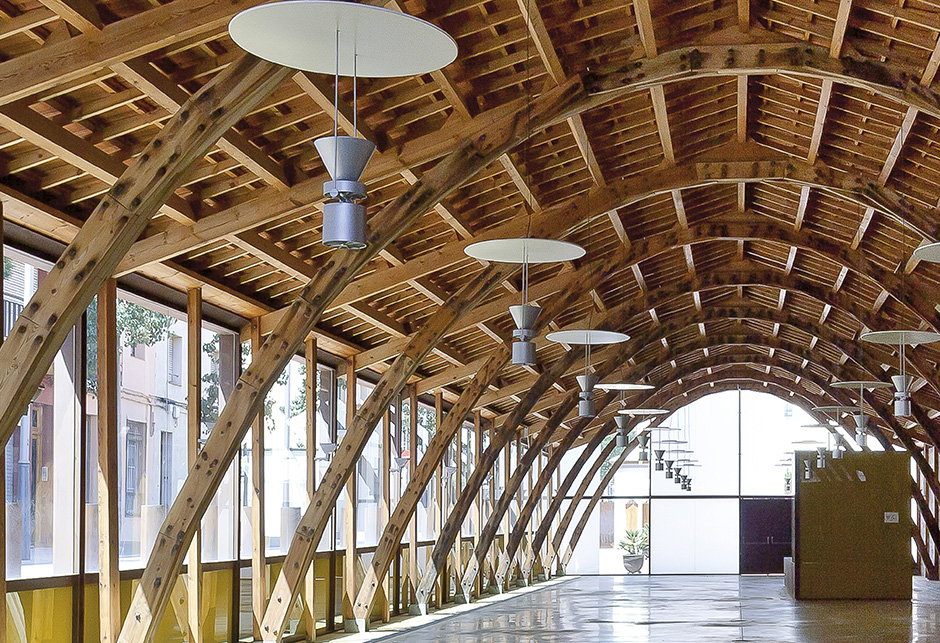
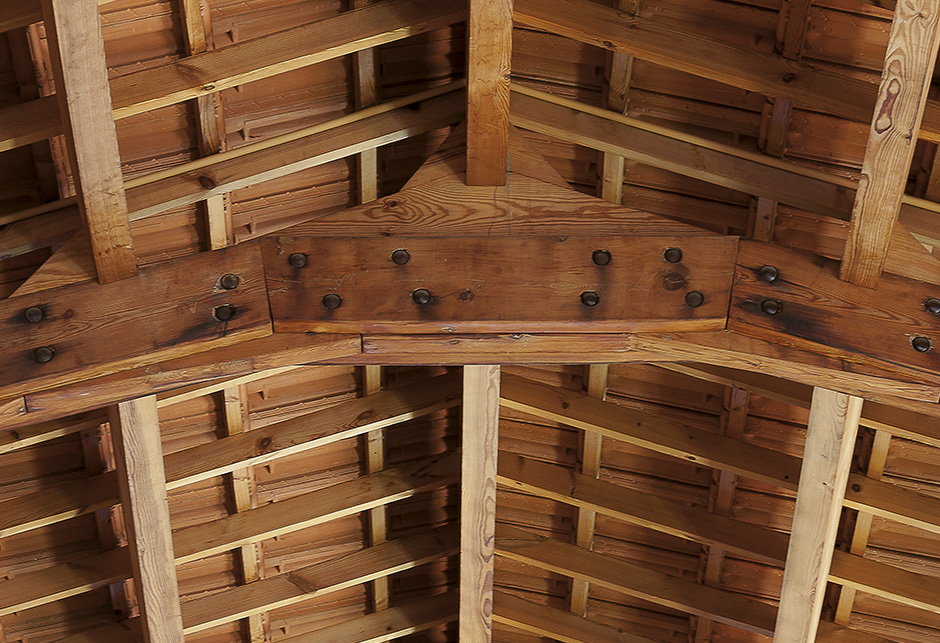
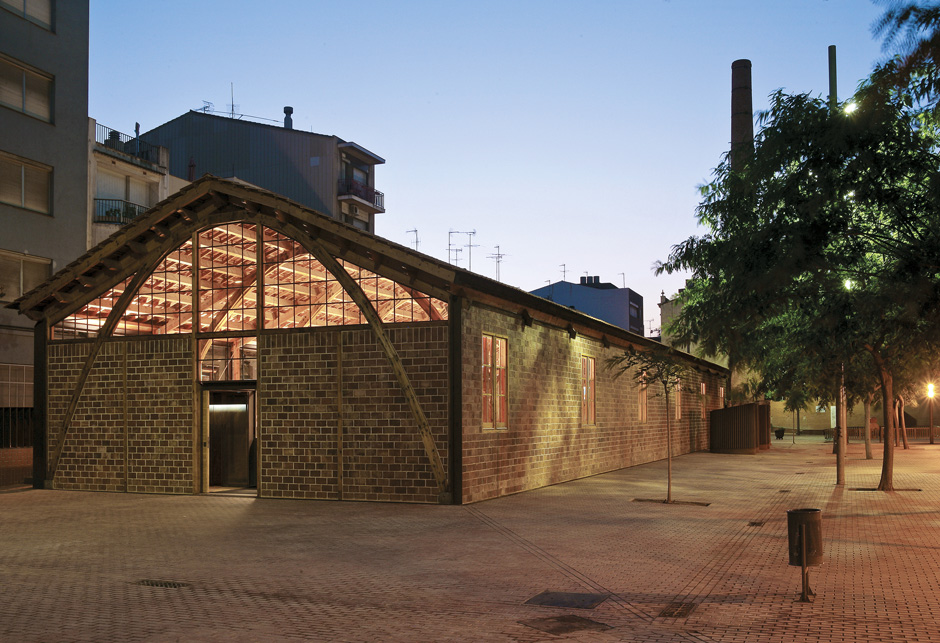
The bleaching shed
The building designed by Gaudí is quite plain and simple. In this, his first industrial architecture project, he designed a large building structured on 13 strong but slender parabolic arches, formed by small lengths of wood assembled with bolts according to the model of Philibert de l’Orme. The use of these arches enabled Gaudí to create a large open space of nearly 600 sq.m. without the need for interior divisions or for structural systems like columns or pillars. A highly innovative solution for those times, it eschewed the established building models, displaying the young architect’s great imaginative capacity and technical inventiveness.
The bleaching shed stands out for its austerity and functionality, still far removed from ornamental profusion, from the use of historicist and naturalist elements, and from the spatial experimentation that would later come to characterise Gaudí’s work. In this building the arches play the leading role, exercising not only a structural function but a decorative one as well. Here, in his first project, Gaudí created a space of great originality and modernity that strengthens the beauty of the structural bareness of both the building materials (wood, bricks and iron) and the sustaining elements themselves.

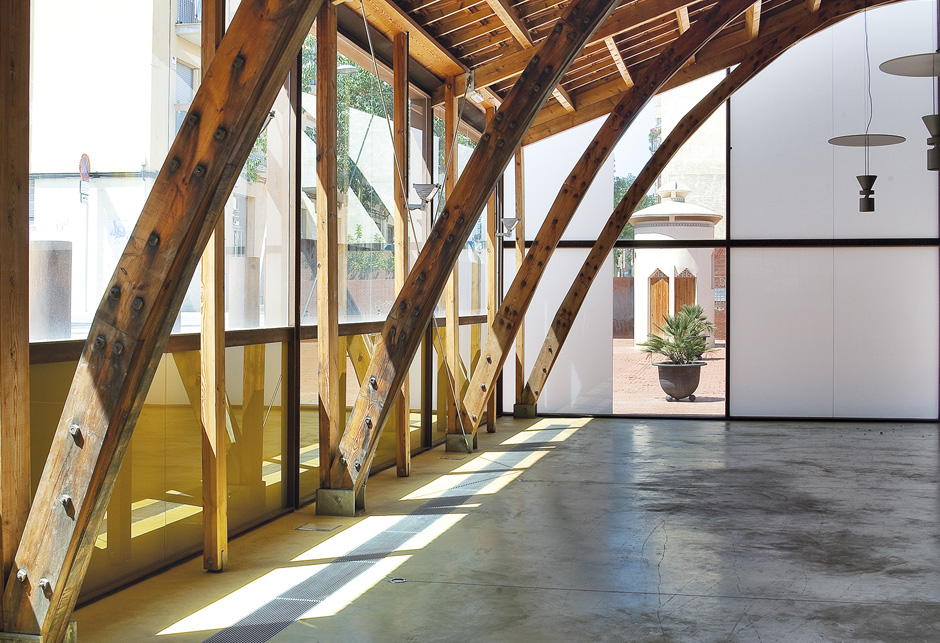
The latrines
A few metres away from the bleaching shed stands the latrine pavilion. This is a small cylindrical structure considered to be the oldest building of the cooperative complex. Its interior is divided in two and each half has its own door. This modest structure stands out for the design of its roof in the form of an elevated vault providing ventilation. Gaudí would subsequently come to use this system in the ventilation towers of the Vicens House and in the horse stables of the Güell Estate.
The decoration of this little building takes shape in the stepped design of the pediments of the doors and windows and in the strips of glazed ceramic tiles. These are genuinely Gaudinian ornamental elements that would be repeated and transformed in many of his later projects.

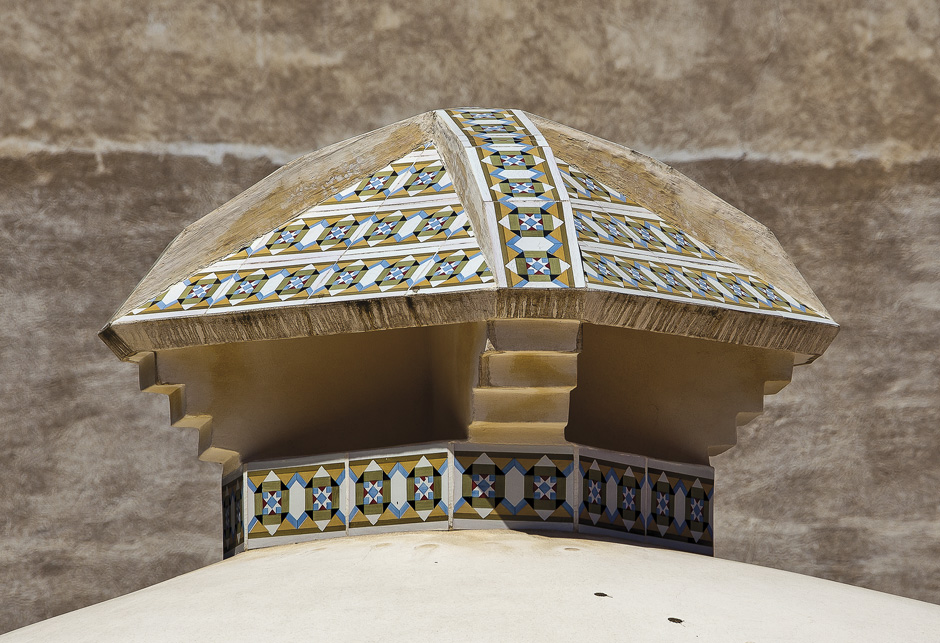
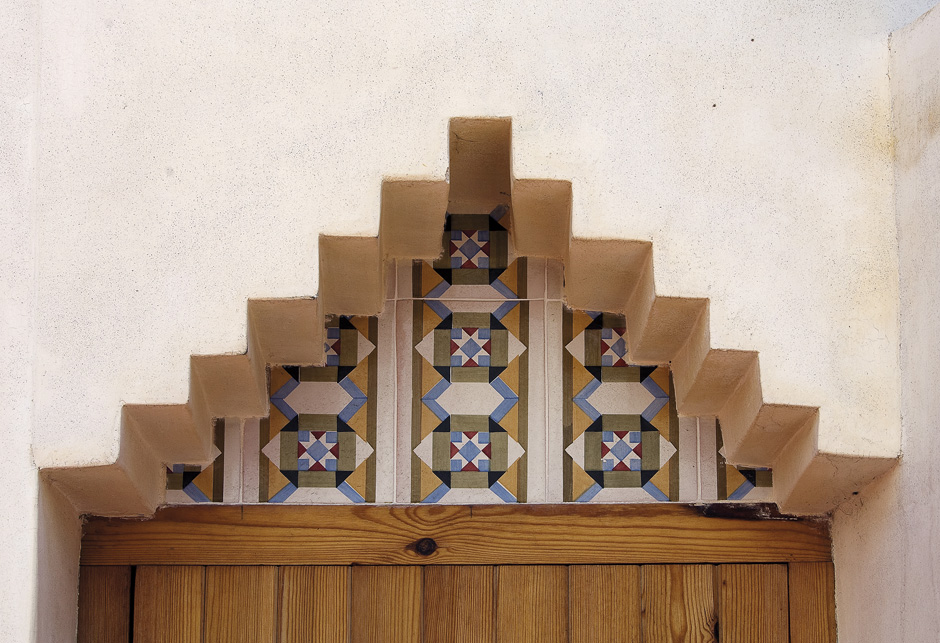
Gaudí’s bee
In 1884 Gaudí designed the standard of the cooperative society, a typical element of the times which was displayed at celebrations and in formal events. All that now remains of this standard is the figure of a bee – a symbol of work and effort – which originally topped the standard and which is now kept in the Museum of Mataró.
OPENING HOURS
From 15 June to 15 September, Tuesday to Sunday, 18:00-21:00 h
From 16 September to 14 June, Tuesday to Saturday, 17:00:00-20:00 h, and Sundays and public holidays, 11:00-14:00 h
Closed Mondays and 1 January, 6 January, Good Friday, 1 May, 24 June, 27 July, 15 August, 11 September, 25 and 26 December